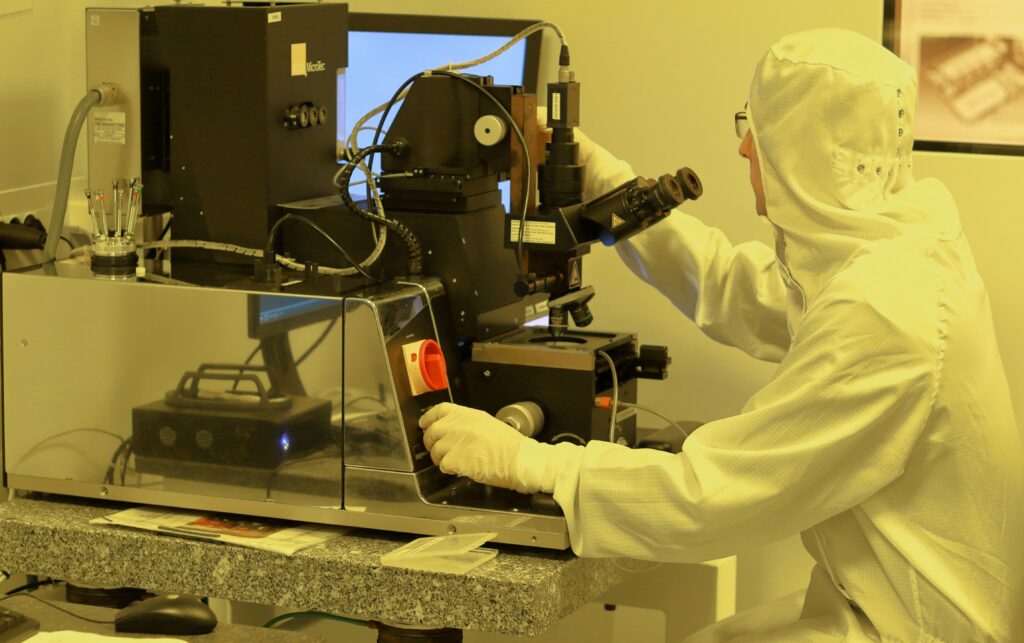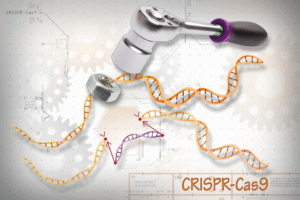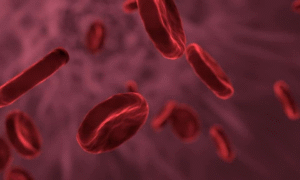In the global race to harness gene-editing technologies, China has emerged as a front-runner — pioneering bold experiments, investing billions in biotech, and rapidly advancing the use of CRISPR in agriculture, medicine, and human health.
But alongside these scientific leaps, China’s approach to CRISPR gene editing has also sparked controversy and raised urgent ethical questions that still reverberate around the world.
CRISPR in China: Fast, Funded, and Fearless
CRISPR-Cas9 — a revolutionary gene-editing tool that allows scientists to “cut and paste” sections of DNA — was first demonstrated in 2012. Since then, China has made it a national biotech priority.
According to a 2024 report from Nature, Chinese researchers now lead the world in CRISPR-related publications and clinical trials, surpassing even the U.S. in volume.
- Institutes leading the charge: BGI Genomics, Chinese Academy of Sciences, Fudan University
- Applications: Cancer therapy, rare disease correction, crop improvement, pig-to-human organ transplants
Much of this research is supported by the Chinese government’s 14th Five-Year Plan and its vision to become a “global leader in life sciences” by 2035.
Medical Breakthroughs: CRISPR in Clinical Use
China was among the first countries to apply CRISPR in human trials. As early as 2016, doctors in Sichuan edited immune cells using CRISPR to treat lung cancer patients — a world first (Nature News, 2016).
Since then, Chinese teams have launched dozens of clinical trials targeting:
- Blood disorders: Beta-thalassemia and sickle cell disease
- Blindness: CRISPR to correct inherited retinal dystrophy
- Liver cancer: Editing genes involved in tumor resistance
In 2023, a CRISPR-edited stem cell therapy for leukemia showed promising remission rates during trials at the Shanghai Jiao Tong School of Medicine.
The “CRISPR Babies” Scandal — And Its Fallout
Despite China’s success in CRISPR research, one incident continues to shadow its reputation: the controversial case of the world’s first gene-edited babies.
In 2018, Chinese scientist He Jiankui shocked the world when he announced he had edited the embryos of twin girls to make them resistant to HIV using CRISPR. The backlash was swift, global, and severe.
He Jiankui was sentenced to three years in prison for conducting \”illegal medical practices,\” and the Chinese government issued new regulations to strengthen ethical oversight. Still, the case raised a red flag about the risks of rapid, underregulated biotech development (Scientific American, 2024).
Gene-Edited Agriculture and Food Security
Outside medicine, China is also pushing CRISPR into agriculture to enhance food security. In 2024, China approved its first batch of gene-edited crops — rice and soybeans engineered for drought resistance and higher protein yield.
Unlike GMOs, gene-edited crops do not necessarily introduce foreign DNA, which has helped China position CRISPR-modified foods as safer and more natural to consumers.
Key goal: Reduce dependence on food imports and prepare for climate-driven agricultural disruptions.
Ethics and Regulation: A Work in Progress
Since 2020, China has introduced more robust ethical guidelines, including mandatory approval for human gene-editing research and limits on germline modification (changes passed to offspring).
However, critics argue that enforcement remains inconsistent. Some local labs operate with limited oversight, and China’s regulatory environment often lags behind its pace of experimentation.
“China is moving fast — sometimes faster than its ethics frameworks can catch up,” says Prof. Julian Savulescu, a bioethicist at the University of Oxford.
Conclusion
CRISPR gene editing in China is progressing at remarkable speed — offering the promise of cures, enhanced crops, and scientific leadership. But the shadow of past controversies and ongoing regulatory challenges means the rest of the world is watching closely.
Whether China’s bold biotech approach becomes a blueprint for global health innovation — or a cautionary tale of ambition outpacing ethics — may depend on what happens next in the world’s fastest-moving gene lab.




